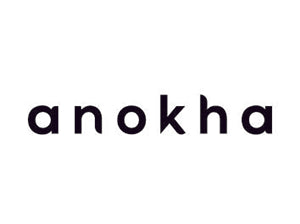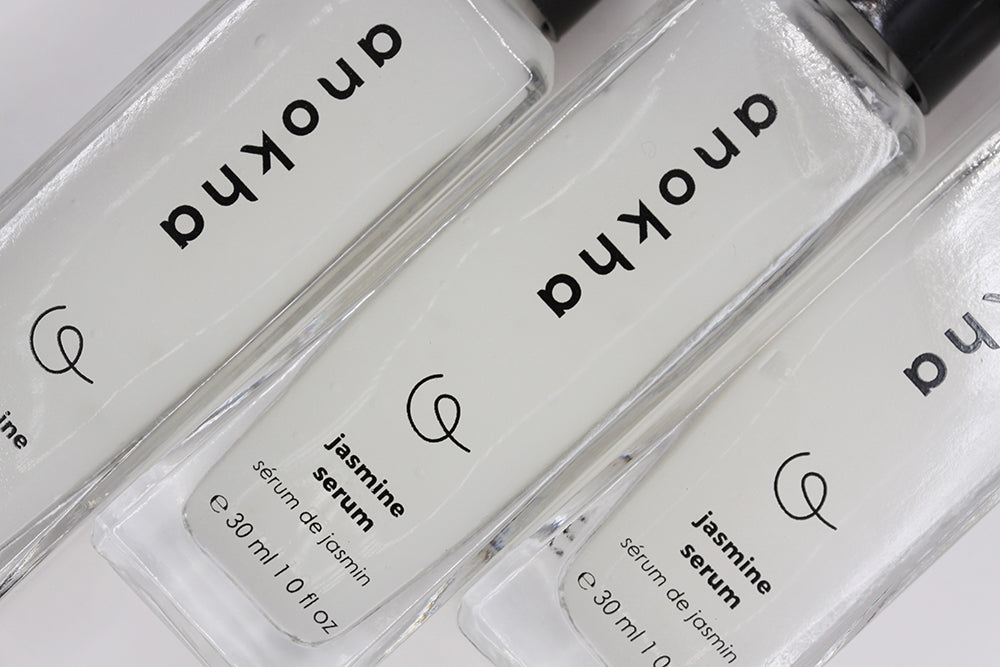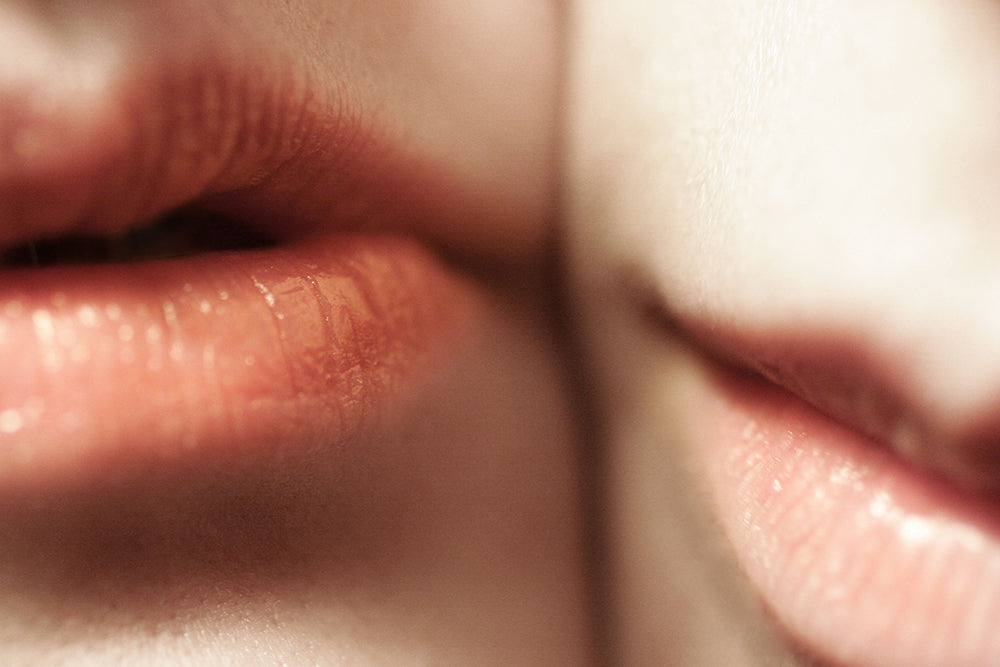
the sunscreen song

the bottom line
“If I could offer you only one tip for the future, sunscreen would be it.”
– Baz Luhrmann
It’s been nearly 20 years since Baz Luhrmann urged us all to slather on the SPF in The Sunscreen Song, and we’ve got to say, he taught us some valuable life lessons that go beyond skin protection (we’ve been keeping our old love letters and throwing away outdated bank statements ever since). But even without Baz’s advice, we all know the sun can wreak havoc on our skin. So, what’s the right product to protect it, and how and when should we be wearing it?
SPF, UVA, UVB…WHAT DO ALL THESE LETTERS REALLY MEAN?
SPF refers to the sun protection factor of a product and indicates the length of time your skin will be protected when exposed to the sun. For example, if you apply a sunscreen with an SPF of 30, this means that after 30 minutes, your skin will have had the same amount of UV exposure as it would have received in one minute with no sun protection at all. If you’re out in the sun, reapply regularly to be on the safe side.
Sunlight has two types of harmful rays which can reach the earth, UVA and UVB (UV = ultraviolet). UVA and UVB rays can penetrate our skin, any day of the year, during all types of weather. We don’t want either type to get into us. UVA rays (think A for aging) can pass through window glass to cause wrinkles and age spots. UVB rays (think B for burning) are associated with sunburn, and are blocked by window glass. Both types of rays can cause skin cancer. Be smart, be kind to your skin: use a broad-spectrum sunscreen with an SPF of at least 30 that protects you from both types of rays, every day, all year round.
DO I REALLY NEED SUNSCREEN WHEN IT’S CLOUDY?
Yes. We’ll say it again for emphasis – YES! Those pesky rays of UV light can penetrate clouds - so your skin deserves protection all year round, even on overcast days. In cooler weather we tend to be more covered up, but the face and hands still need sunscreen. Our founder, Dr. Nina Naidu, spent the early part of her career performing reconstructive surgery on patients with skin cancer. Why take the risk? Use sunscreen.
HOW MUCH SUNSCREEN SHOULD I APPLY?
Remember when applying sunscreen that you need to cover any areas of skin that will be exposed to the sun. Not put sunscreen on your ears recently? You should. And that goes for other forgotten areas such as the feet, lips, eyelids and the scalp – no one wants a burnt parting. The level of sun protection will be reduced if you don’t apply enough product. Most adults need about 1 oz or 30 ml (think of a shot glass if that’s easier to visualize, ahem) to fully cover the face and body. For the face alone, about a quarter-sized amount is adequate.
MY SUNSCREEN HAS EXPIRED - CAN I STILL USE IT?
Expiration dates are there for a reason. If you apply a sunscreen that has passed its expiration date then you’re wasting your time - the formulation may no longer work to protect you from the sun. Most products last 36 months, so if you bought that sunscreen for your getaway years ago, then now is the time to chuck it out and buy a new one.
WHAT ACTIVE INGREDIENTS ARE FOUND IN SUNSCREENS?
There are two types of sunscreens: physical and chemical.
Physical sunscreens (also referred to as physical blockers) contain active mineral ingredients like zinc oxide and titanium dioxide. These guys sit top of the skin to deflect and scatter any harmful UV rays that come your way. The protect against both UVA and UVB rays, don’t need a waiting period after application, and last longer than chemical sunscreens in direct UV light. Physical sunscreens also tend to be better for sensitive skin, as they are associated with less stinging. They tend to clog pores less and have a longer shelf-life than chemical sunscreens. Finally, they’re better for those who react to heat (think of rosacea sufferers), since they deflect the rays and therefore heat from the skin. The downsides of physical sunscreens include the whitish tint they tend to leave behind, their need to be re-applied more frequently since they can be rubbed off, and potentially less protection if they’re not applied generously.
Chemical sunscreens contain (you guessed it) chemical ingredients (organic or carbon-based compounds) such as oxybenzone, octinoxate, octisalate, and avobenzone. They work by creating a chemical reaction which changes UV rays into heat which is then released from the skin. Chemical sunscreens are thinner and spread more easily on the skin. A smaller amount is also typically required because there is no risk of space left between sunscreen molecules after application. On the downside, there is a 20-minute waiting period required after application, as these ingredients need time to work their magic. This isn’t the best choice for those with melasma or rosacea; UV rays are changed into heat, which can exacerbate both conditions. Chemical sunscreens are also associated with more irritation and stinging, especially at SPF’s 50 and higher. Their protection tends to get used up more quickly in direct UV light, so frequent re-application is necessary. Last but not least, they can clog pores. Bummer.
As you may have heard, Hawaii Governor David Ige recently signed the first bill in the United States that will ban sunscreens containing oxybenzone and octinoxate, which have been shown to be harmful to coral reefs.
ARE THERE ANY NATURAL INGREDIENTS WHICH PROVIDE SUN PROTECTION?
There are some natural ingredients which are believed to provide sun protection. These include raspberry seed oil, which reportedly blocks both UVA and UVB rays. However, we still recommend not using a sunscreen with this ingredient as the sole active player; stability and efficacy have not been established by any regulatory body, to our knowledge, and sun protection is one area where you definitely want to play it safe.
WHY IS SUNSCREEN SO EXPENSIVE…AND WHY DOESN’T EVERY COMPANY MAKE ONE IF IT’S SO IMPORTANT?
Sunscreens are generally considered to be over-the-counter drugs, and in the United States, these are regulated by the Food and Drug Administration (FDA). As such, formulation, testing, and registration are very, very expensive (think $40K USD and up per year). This is why your simple sunscreen may cost a lot more than your fancy lotion. Smaller companies, like anokha®, support the use of daily sunscreen even if it’s not in our budget to produce one for you. Our favorites? SkinCeuticals and SkinMedica both formulate light, very wearable sunscreens in both clear and tinted shades.
A little plug: We don’t really have one this time! However, sun protection can and should easily be worked into your daily skincare ritual. At anokha®, we pack lots of lovely ingredients into our little pots of goodness, which are intentionally light enough on the skin for application of a sunscreen on top. So, you can grow in beauty with our natural products and still stay protected from the sun.
All this and more at www.anokhaskincare.com.
xx
anokha
add a layer by joining our newsletter for more beauty.
1www.drdesjarlais.com
2www.aad.org



leave us a comment
This site is protected by hCaptcha and the hCaptcha Privacy Policy and Terms of Service apply.